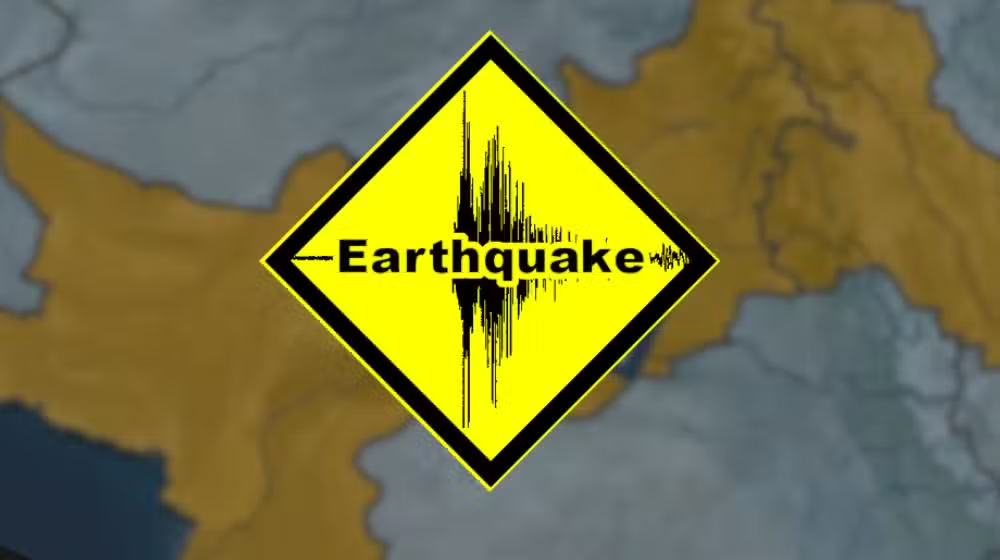PTA Launches National Emergency Coordination Centre to Tackle Rising Flood Risks Across Pakistan

In a proactive step towards strengthening national disaster response infrastructure, the Pakistan Telecommunication Authority (PTA) has officially launched the National Emergency Coordination Centre (NECC). This center aims to provide a centralized mechanism to coordinate flood alerts, emergency communication, and disaster management efforts across the country.
The move comes in light of increasing climate related threats, particularly seasonal flooding, which has affected thousands of communities in recent years. With monsoon patterns becoming more unpredictable and intense, the NECC is expected to play a crucial role in real-time coordination, public safety, and crisis response.
What is the National Emergency Coordination Centre (NECC)?
The National Emergency Coordination Centre is a state of the art disaster response and communication hub established under the authority of PTA. It will serve as the nerve center for national level coordination during natural disasters, particularly floods.
The NECC is equipped with advanced telecommunication tools, realtime data analytics, emergency communication systems, and collaboration channels with key stakeholders, including:
-
National Disaster Management Authority (NDMA)
-
Provincial Disaster Management Authorities (PDMAs)
-
Telecom operators
-
Law enforcement agencies
-
Meteorological departments
The center will ensure timely alerts, uninterrupted communication, and rapid coordination of emergency resources during crisis situations.
Purpose and Objectives of NECC
The primary aim of the National Emergency Coordination Centre is to improve emergency preparedness and ensure effective coordination among various public and private sector institutions. Key objectives include:
-
Real-Time Monitoring: Keep track of weather patterns, rainfall data, river flows, and flood risk zones.
-
Early Warning Alerts: Disseminate emergency alerts via SMS, mobile apps, and social media to vulnerable populations.
-
Telecom Infrastructure Protection: Ensure mobile networks remain operational during disasters by coordinating backup power, mobile towers, and satellite links.
-
Data-Driven Decision-Making: Use real-time data to direct rescue operations and deploy resources effectively.
-
24/7 Emergency Response: Provide round-the-clock support and communication during flood events and other disasters.
Background: Why Pakistan Needs NECC
Pakistan has witnessed devastating floods over the last two decades, with the 2022 floods affecting over 33 million people and causing billions of rupees in damages. A key challenge during these disasters has been the lack of timely coordination and communication breakdowns between rescue agencies and the general public.
By establishing the National Emergency Coordination Centre, PTA seeks to close that gap. The NECC will act as a national command and control room, minimizing confusion, misinformation, and delays during emergencies.
It will also strengthen Pakistan’s compliance with international disaster response standards and enhance the capacity to handle multi-hazard scenarios, including earthquakes and infrastructure failures.
Collaboration with Telecom Operators
One of the unique strengths of the NECC is its close integration with telecom service providers. During disasters, access to mobile networks and internet connectivity is vital for both public safety and rescue operations.
The PTA has ensured that all major operators including Jazz, Zong, Ufone, and Telenor are linked to the NECC in real time. This collaboration will allow for:
-
Disaster alert broadcasting (Cell Broadcast/SMS)
-
Damage assessment of telecom sites
-
Deployment of Mobile Emergency Units (MEUs)
-
Real-time reporting of network outages
The telecom sector’s involvement means that emergency messages can be disseminated within minutes, reaching millions even in remote flood affected regions.
Digital Tools and AI Integration
The National Emergency Coordination Centre also integrates modern technology to enhance disaster prediction and response:
-
AI driven risk analysis models predict which areas are most vulnerable based on historical and real time data.
-
GIS mapping systems visually display risk zones, flood paths, and response routes.
-
Emergency dashboards allow decision makers to monitor national indicators at a glance.
With these technologies, NECC can provide rapid insights to government officials, rescue teams, and local authorities, reducing response times and saving lives.
Public Awareness and Community Engagement
NECC is not just a backend coordination hub. It will also play an important role in public awareness campaigns and community engagement. PTA plans to:
-
Launch nationwide SMS campaigns before and during the monsoon season.
-
Run awareness drives through FM radio, television, and digital platforms.
-
Partner with NGOs to distribute flood preparedness guides to vulnerable populations.
The goal is to empower citizens with knowledge, so they know what to do before, during, and after a flood.
Statements from PTA and NDMA
Speaking at the inauguration, Chairman PTA highlighted the center’s potential:
“The National Emergency Coordination Centre is a critical step toward building Pakistan’s resilience against natural disasters. By connecting telecom networks, emergency services, and the public, we can respond faster and more efficiently to any threat.”
An NDMA official added:
“This will drastically improve coordination and reduce the time it takes to act in critical situations. Every second counts during a disaster, and NECC ensures we don’t waste any.”
Conclusion
The launch of the National Emergency Coordination Centre is a milestone in Pakistan’s disaster response framework. With rising threats from floods and climate-related disasters, having a centralized, technology-driven coordination center will make a real difference.
From faster alerts to better telecom reliability and improved coordination, the NECC aims to protect lives, safeguard infrastructure, and ensure that no one is left behind in times of crisis.
This initiative by PTA proves that technology and preparedness go hand in hand, and with proper planning, a disaster-ready Pakistan is achievable.




